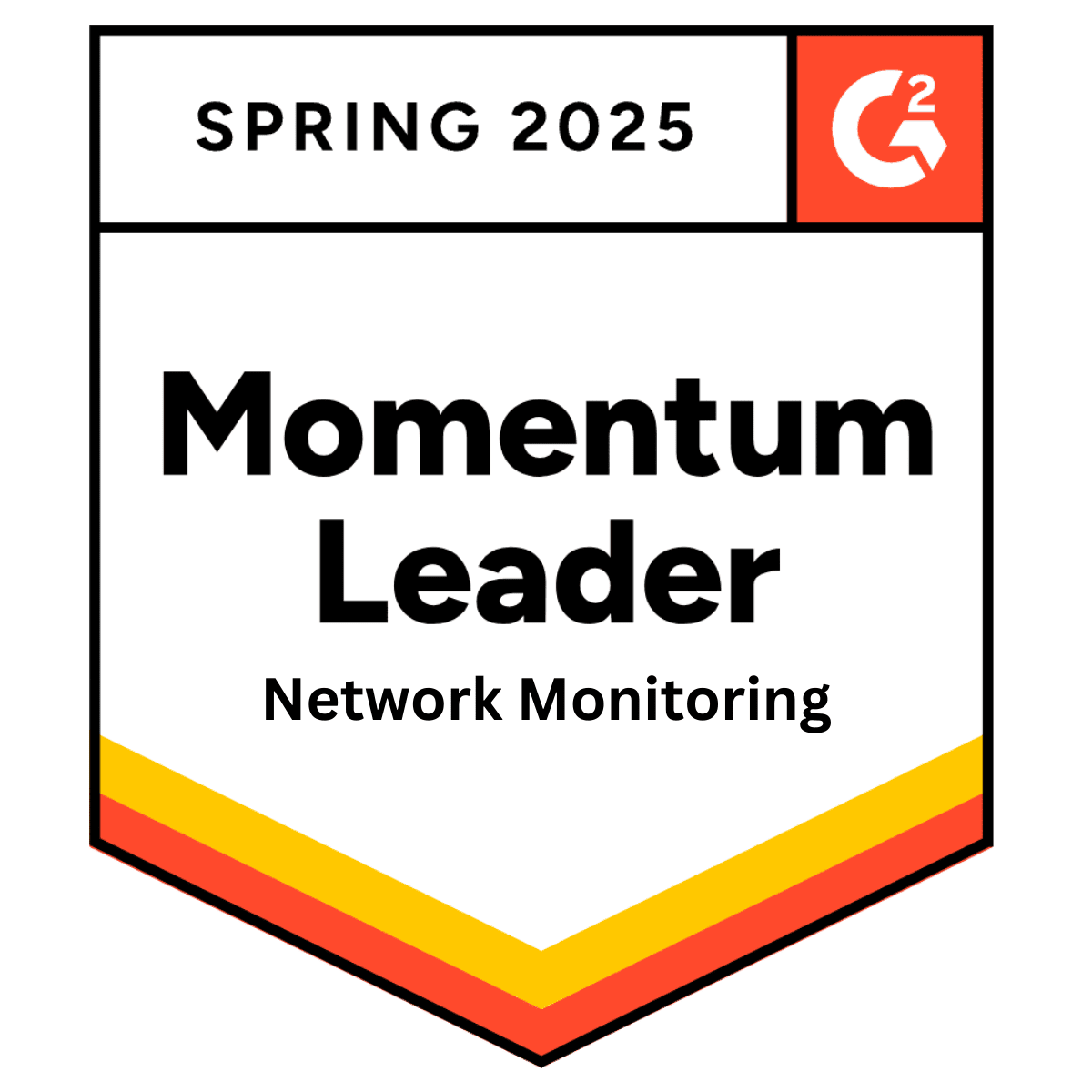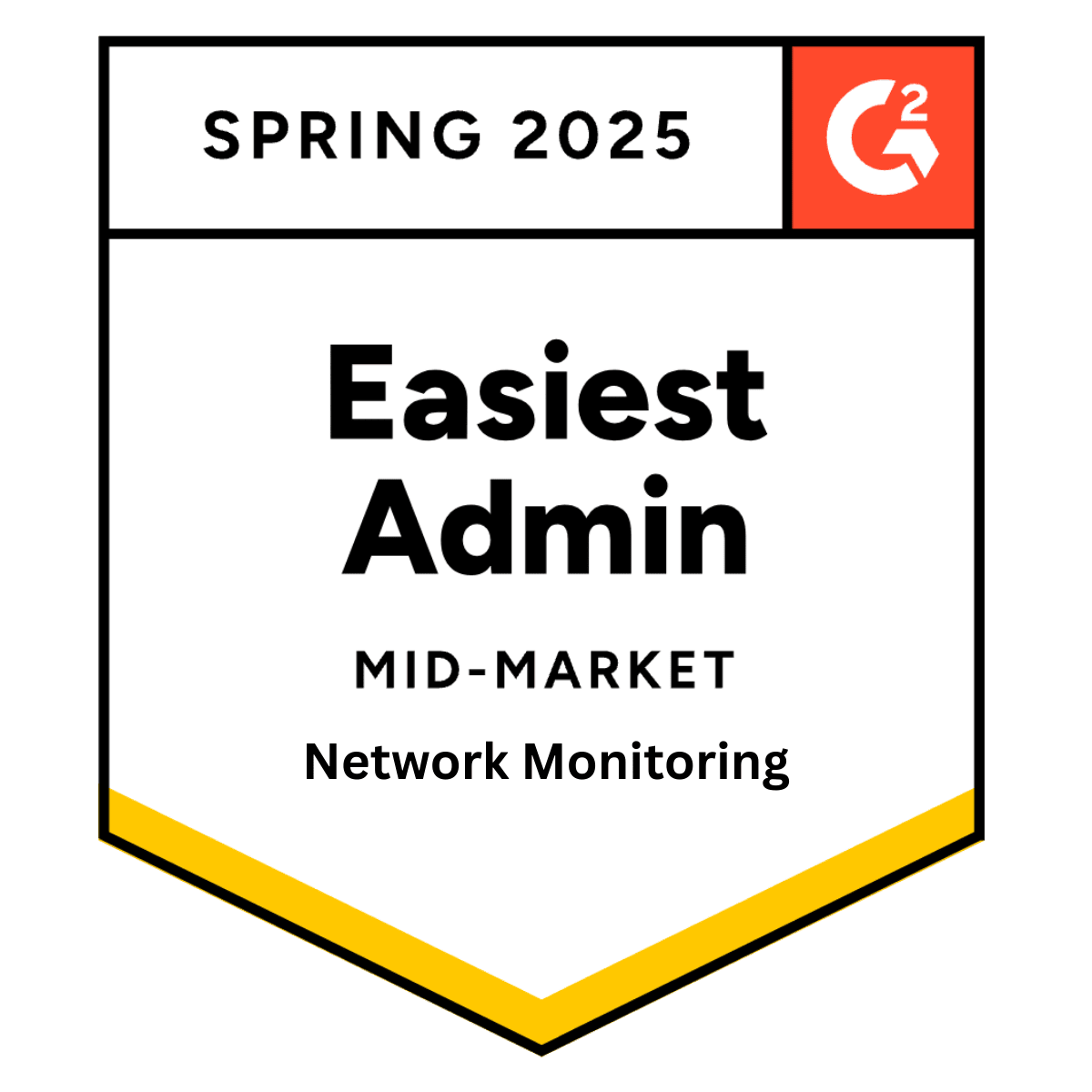MSPs: Look to the Cloud for Growth and Profits
Most MSPs may have their hands full managing client's on-premises infrastructure and even still handling break/fix. But increasingly forward thinking MSPs are crafting cloud services and pitching them to customers as a way to modernize their infrastructure.
At the same time, MSPs are increasingly using the cloud to help run their own business and for service delivery. The 2112 Group, which covers service providers, is seeing both as a major shift.
'According to 2112's 2016 Midyear Channel Performance Report, the average partner earns 43 percent of its revenue through the sale of hardware and software products,' said Lawrence M. Walsh, CEO and chief analyst of The 2112 Group. 'Nearly four in 10 partners earn more than 50 percent of their gross revenue through managed and cloud services. And the balance is typically made up of professional and consultative services.'
In fact, the move to the cloud is so profound that isn't always viewed as a separate category from traditional managed services. 'Partners aren’t necessarily differentiating between managed services revenue and cloud services revenue, as the two categories are quickly consolidating in the channel. Customers aren't just looking for hosted infrastructure and cloud-based applications; they want third parties with the competencies and scalable resources to manage those things for them,' Walsh said.
And these cloud services are providing strong recurring revenue that has nothing to do with hardware and traditional software installations.
Lead, Don't Follow
Top MSPs lead rather than follow. Do it properly and you gain respect, trust and ongoing business. When it comes to cloud, some client movement towards it is inevitable. So why not get ahead of it? Heck, if you don't lead clients there, your competitor will be happy to do so!
Many customers won't need that much prodding as they are likely already eying the cloud, and surely have at least some ancillary applications already running there.
Channel advocacy organization CompTIA knows this first hand, having surveyed service providers for years. In one survey, CompTIA asked partners where they saw their growth coming from. A mere 22% pointed to on-premises products. Meanwhile half of all respondents pointed to the cloud as the high growth area. Not only that, 49% said cloud services were more profitable. Even more compelling, 45% of those polled said customers were asking for cloud services and applications.
The Cloud and Trusted Advisors
Moving clients to the cloud can greatly elevate the status of an MSP, making them far more strategic.
Nemertes Research was one of the first to spot and explain how the cloud and MSPs are transforming the role of IT and revolutionizing the status of providers. The company made its case in its 'Shift to 'Enterprise Technology' Relies upon Vendor Partners for Managed, Cloud Services' report. With the cloud and MSPs, end user companies are moving from a focus on Information Technology (IT) to Enterprise Technology (ET).
So what is ET? It represents a strategic approach where core IT functions are taken over by MSPs and other providers, allowing internal IT to focus on providing business value through new technology. 'Not only does this shift change the why business leaders view IT, it also alters the organizational structure of IT itself,' the report said. 'In the ET world, the technology team becomes more strategic, and as a result, it relies more heavily on trusted partners to handle tactical functions—and in some cases, assist in strategic direction of the company,' Nemertes argued.
Getting Clients on the Cloud Train
One of the easiest ways to break into cloud services is to try them out on your most loyal customers with whom you already have a great relationship. Here you have good communication and technologies that are proven to work.
As mentioned earlier, chances are these clients are already looking to you to offer cloud services. Once these cloud services are in place, it can deepen the provider/client relationship. The report by CompTIA found that 60% of partners believe that cloud services improved their relationships with clients.
Be the Best Cloud MSP you can be
Here are a few tips to really make it in the cloud:
- Make sure you and the staff broaden their cloud expertise and knowledge of specific services.
- If you are in a vertical market, deepen your technical expertise in how the cloud applies to the market you serve.
- Explore vendor partners that can support your cloud efforts.
- Once you have found partners, or if you are using existing partners to move to the cloud, take advantage of their building business offerings. This could include support, branding, training as well as sales and marketing assistance.
The Cloud Makes MSP Lives' Easier
MSP technicians spend much of their day keeping systems and applications running. Moving client applications to the cloud lightens that load. These apps are far easier to manage and support. At the same time, they can offer better ease of use and flexibility.
For instance, techs don’t have to update software to get a new version or install a service pack.
And when MSP management solutions are in the cloud, the MSP gains these same benefits. Plus, having your tools such as RMM functions available in the cloud allows access from your desktop, a Smartphone, or tablet.
RMM: A Cloud Service You Probably Already Provide
The vast majority of MSPs manage clients’ endpoints and infrastructure using a Remote Monitoring and Management (RMM) solution.
Even if you have this software installed on an in-house server, to the client it appears as a cloud service. They don’t themselves have the software installed, nor do they have to manage it.
There are ways for the MSPs to make their RMM a true cloud service for themselves and clients. Pulseway provides an RMM specially designed for mobile devices. By definition, the MSP is accessing the client over the internet – which means over the cloud.
Another Pulseway Edge
Pulseway also has a neat way to intimately manage applications over the cloud, which it does through the Pulseway cloud api.
Here’s how it works. 'Pulseway Cloud API is a headless client that gets implemented directly into the application. This way you can monitor, manage and control your application instances from wherever you are. Ever wondered how many products you've sold this month, how many active users you have connected to your application server or what are the current values of some sensors from an I/O Board? With our Cloud API you can do this and more! It's only limit is your imagination,' Pulseway explained.
Share this post
Related Posts
Join the Ranks of Satisfied Customers and Experience the Pulseway Difference Today.








